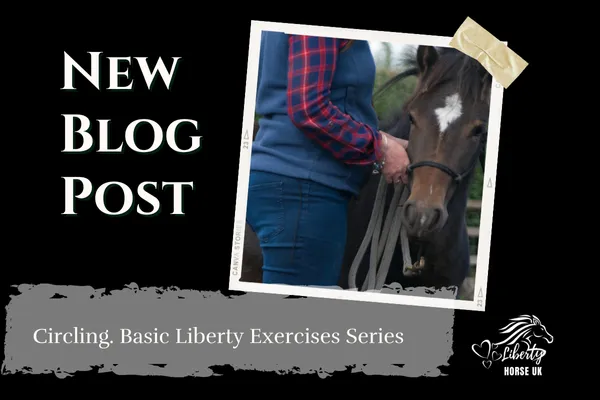Blog

Circling. Basic Liberty Exercises Series
Introduction:
You dream of your horse circling you beautifully at liberty…. but then you come crashing back down to earth when you can’t even lunge your horse WITH a rope! Struggles with lungeing/ circling are one of the most common things I see when I’m out and about teaching.
In this article, I’m going to break the circle down into 3 phases; the send, the circling and the stopping. I will also point out some common mistakes and show you some useful hacks to get you circling with ease!

1. "Take off is optional but landing is mandatory"
Many years ago, my husband learnt to fly. The first thing he was taught was how to land the plane safely. His instructor pointed out that ‘take off is optional but landing is mandatory’. Circling a horse is very similar. Knowing how to bring him to a halt safely is essential for his safety and yours. We use the hindquarter yield to shut down any unwanted forward motion!! And this is why it’s the first exercise we teach. So by now, you should be proficient at the hindquarter yield and you will be able to use it to ‘land your plane’ safely.
2. The Send
The send is like the take off and is where the horse leaves you and travels out on to the circle. This tends to be the bit that people struggle with the most and it often looks like the horse is lungeing the handler! My first tip is to practice the send with another human first! A 12 ft rope is ideal as a lunge line can be too long resulting in you getting all tangled up. I also use a schooling whip with baler band taped to the end. This is long enough to be effective but short enough not to get in a tangle.
The first part of the send is for the horse to understand how to move his inside shoulder away from you and out on the circle. (Again this is why we teach the forehand yield before the circling!) Gently push his nose away from you towards the circle line and then direct your energy towards the inside shoulder. As soon as he steps away from you ensure he has enough rope to travel forwards on the circle and STOP asking. Remember our 3R’s? Release, reward and relax is how we get more of the behaviour we want. So ensure that once he is travelling forwards on the circle line, you tell him how amazing he is with your voice but relax your arms down and don’t nag with the whip. If he stops and turns in, repeat the process.
3. Troubleshooting
If you are going on a left circle, you will have the rope in your left hand and whip in your right hand. It is extremely useful to have the tail of the rope in your whip hand. If the horse were to rush away or try to turn in, you can quickly slide your hand down the rope. Remember that if you direct your energy to his hindquarters whilst simultaneously sliding your hand down the rope, you will achieve a hindquarter yield to stop and bring him back down safely.
If you are really struggling to keep the horse out on the circle and/ or you are feeling a bit afraid, put a circle of cones around you on the floor. This enables the horse to visualise where he is going, stops you from stepping backwards and thus drawing him in more and helps your body language be clearer as you feel safer.
In Summary
Once you can keep the horse circling you in walk and trot and he understands that he needs to keep going on the circle until he receives another cue, then you are ready to progress to more advanced work on the circle in level 2
If you would like to learn more about the Liberty Horse UK progress awards click here.
Other resources to help you get started.
If you would like to have a go at the Liberty Horse UK level one exercises, why not download our FREE workbook to guide you.


Contact Us
info@libertyhorseuk.com
07977 909283
© Copyright 2023 Liberty Horse UK. Privacy Policy
